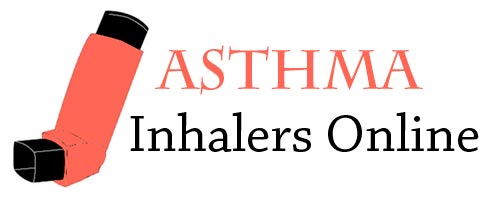Density Dependence of Expiratory Flow and Bronchodilator Response in Asthma
Atropine is a potent bronchodilator and has been used in children as well as adults with asthma and chronic bronchitis. Some of these studies have shown it to be useful especially in the presence of chronic bronchitis. Other workers have found it to be inferior to adrenergic agents. Most of these studies refer only to the acute bronchodilator effects of atropine, and its role in the long term treatment of asthma remains unclear. The uncertainty











